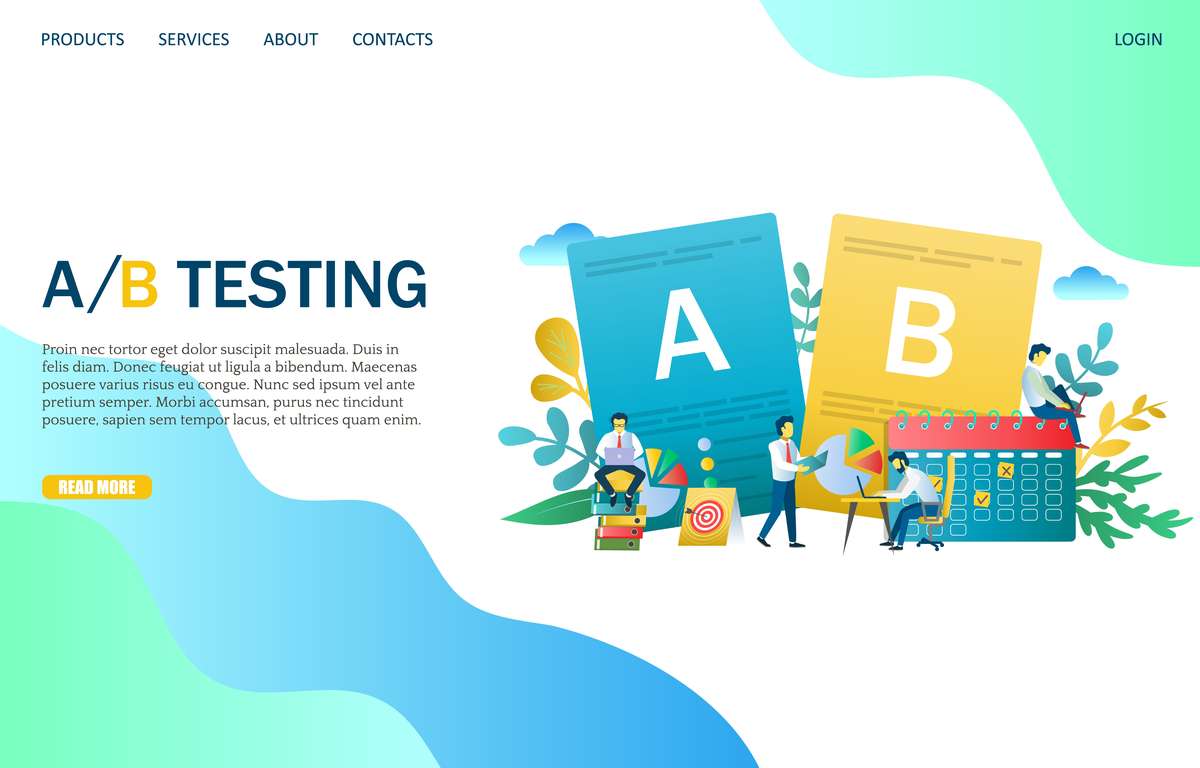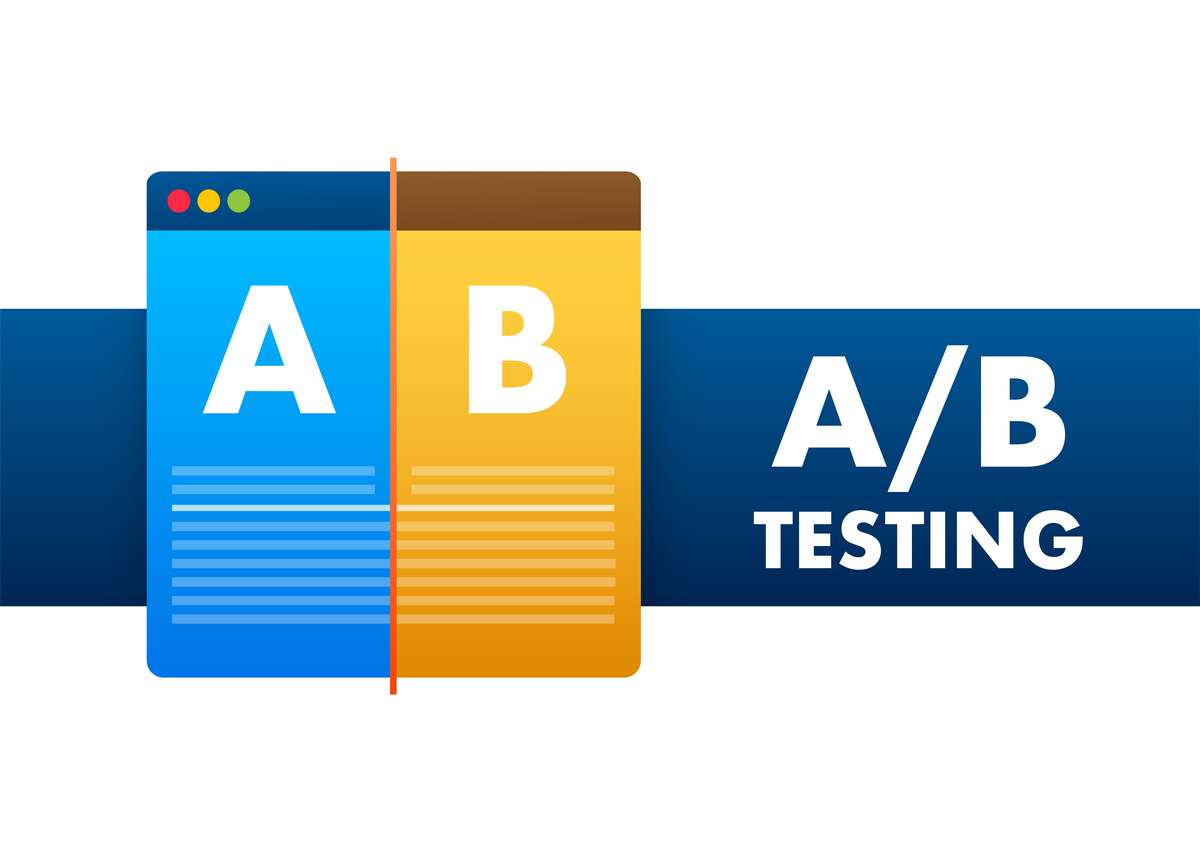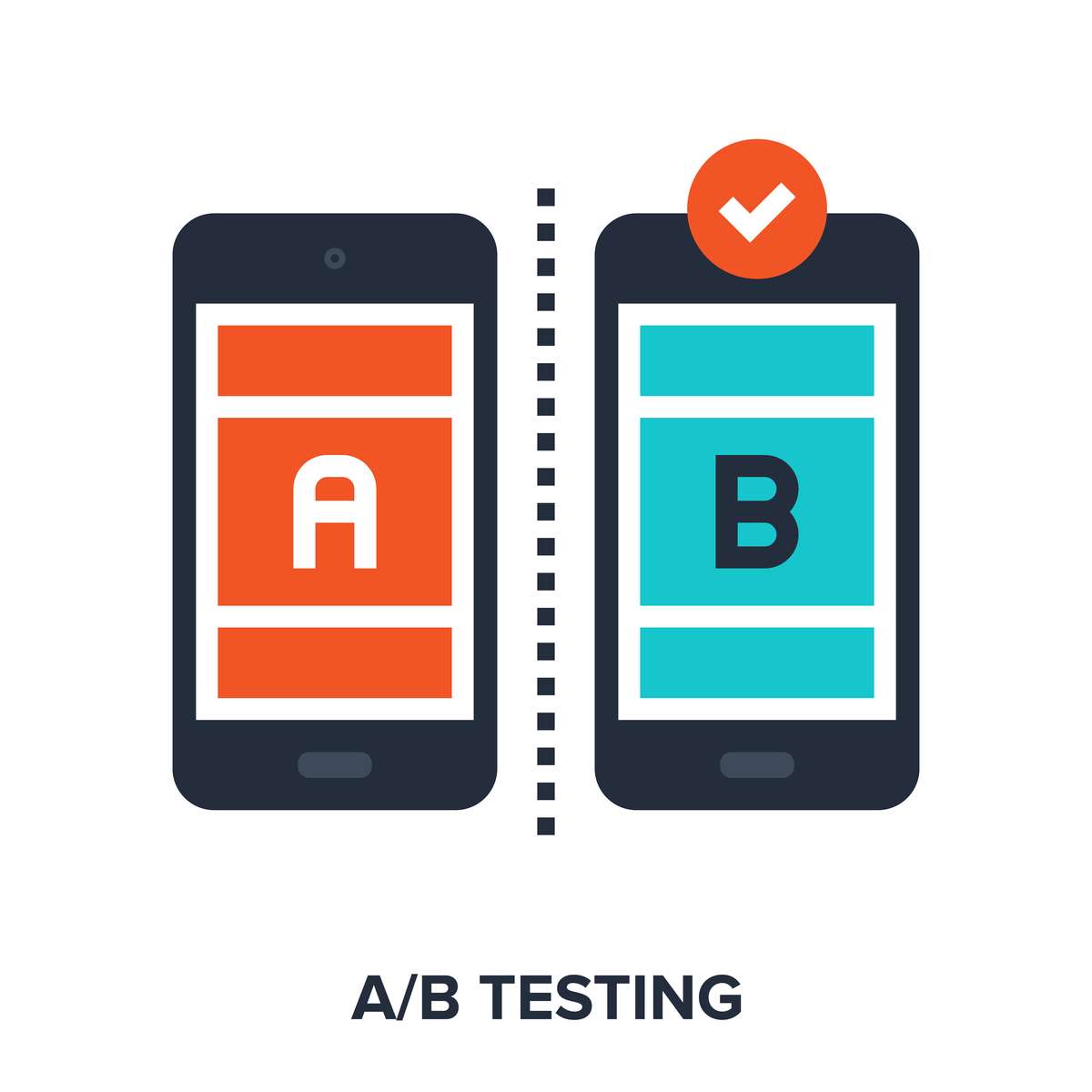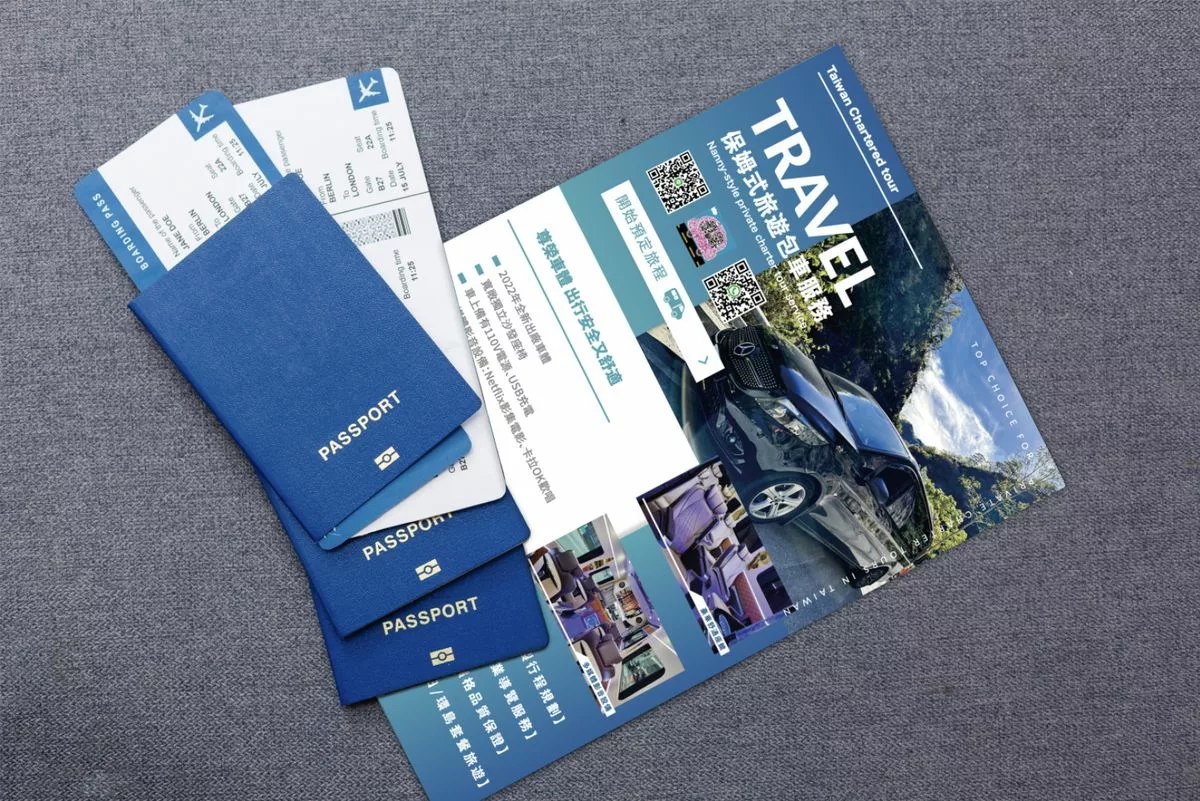How to conduct A/B testing effectively
No matter what business you're in, you're sending a message.
Website content, advertisements,Social Media Posts, emails, pop-up windows, and calls to action.
Every day you are delivering tons of information to your audience!
But how often do you test the effectiveness of what you say?
If you don't test... how do you know what works and what doesn't?
Learning how to A/B test may be the most important skill you learn this year!
Here's everything you need to know about testing the effectiveness of your marketing campaigns.
What is A/B testing?
An A/B test (also known as a split test) is a simple comparison test between two similar versions of the same thing.
The point is to see which version works better.
This can provide you with interesting and important information about your audience's mindset.insights!
Analyzing how people react to specific content will help you make more effective decisions about your marketing campaigns.
How does A/B testing work?

The principle of the A/B test is quite simple.
You choose a specific digital asset...
And then create twoslightly differentThe version of the
The key is to change only one variable.
Perhaps a personalized greeting versus a generic one.
Perhaps a more direct call to action versus a less direct one.
It may be content with more humor than more formal content.
Even small changes like changing the color of the call-to-action button.
Then see how people react.
You can change several variables if you want...
But it's harder to track which changes are actually having an impact on your audience.
Most platforms, including websites, email, and social media, have built-in split testing tools.
So if comparing two assets seems complicated, don't worry!
When you know how to set up and analyze the results (which we'll discuss later), it's all very simple.
Why you need to do A/B testing
How do you know what works best for your audience if you don't test it?
A/B testing provides insights into your customers' perceptions of your products, services, andCustomer ExperienceThe feeling.
This means you can use this information to fine-tune areas that aren't working so well...
to enhance your customers' experience.
And an enhanced customer experience means more sales for you.
There may be more recommendations.
And definitely happier customers!
It's a win-win situation for both you and your customers.
- Not sure if your popups are compelling? Perform an A/B test.
- Want to know if your welcome email increases sales? A/B test it.
- Not quite sure if your offer is right for your target market? A/B test it too.
If you find that something is not responding well, you know what not to do.
And you can try to replicate the things that get a good response.
What kind of A/B testing can you do?

Once you know how to A/B test, you can test almost any digital resource you have.
You can become very detailed in testing almost every variable of marketing messages, designs, colors and other design resources.
Example:
- Popup Window
- Offer
- Landing Page
- Guiding Magnet
- Page layout
- Color
- Social Media Posts
- Call to action language and delivery
- Photos and Product Images
- Keyword Volume
- push notification
You can test these digital resources in detail to find the design and content that works best for your audience.
When should you use A/B testing?
One of the advantages of A/B testing is that you can do it anytime.
If you've noticed that the latest popups aren't working as expected, A/B testing can provide some insight into why this is the case.
Similarly, if your welcome email/landing page/social media post conversion is not working well, A/B testing may be able to find out why.
You can conduct random A/B tests at any time of the year, whenever you feel like gaining insight into what's going on in the minds of your customers.
That said, instead of random testing, it's a good idea to use your analytics tools to get a clear picture of what to test and why.
By analyzing it, you can see:
- Your most popular pages
- Flow Sources
- How long the reader spends on the page.
- Which pages have high bounce rates
- What readers click on
- How long does the viewer stay?
This will help you decide where to A/B test to maximize your return on investment and find information about your customers' needs.
It's also a good idea to utilize user testing, which allows you to observe in real time how readers navigate around your site and where they get stuck.
If you need more direct information, you can always send a survey. That way, you'll get feedback directly from your customers about their pain points.
If you need more direct information, you can always send out a survey. This way, you'll get direct feedback from your customers on their pain points.
Remember, customer needs change over time.
It's in your best interest to conduct research on a regular basis so that you know you're always providing practical, simple solutions!
How long should the A/B test take?
To figure things out, you have to get enough people to see your stuff.
If only 100 people participated in the test, the results would not be accurate.
Most platforms have built-in A/B testing tools, which will tell you how far to test to be "statistically significant".
Usually, most marketers see this level and stop.
This means you have enough data to guess customer behavior with some confidence and then adjust your stuff based on those guesses.
But this is not the best time to test it.
If you're a little pressed for time, you can call it a day here.
But if you want to be more accurate about what your customers are thinking...
And what drives certain behaviors...
It's best to let the A/B tests run for at least a full business cycle.
If possible, run one more business cycle of testing.
In this way, you can gain insight into your customers' behavior and see how changes in economic conditions affect them.
Benefits of A/B Testing

Still hesitant to try the A/B test?
Here are some of the benefits you can expect.
- Get to know your audience better
- Keeping up with current trends
- Enhance customer experience
- Make Smart Marketing Choices
- Reduce Bounce Rate
- Increase in conversion rate
- Increase the rate of return on investment
How to conduct A/B testing
Want to try A/B testing on your resources? Here's a quick checklist on how to test effectively and with as little stress as possible.
Select resources to test
Are your pop-ups not converting well?
Maybe you're trying to increase sales through welcome emails.
You can choose any resource you want to test.
I recommend testing one at a time at least in the beginning.
This prevents information overload!
Setting Goals
Don't just test for the sake of A/B testing.
Set a goal for the test, otherwise it will be difficult to determine if the test was successful!
For example, would you like to test which pop-ups receive more emails?
Or which web design takes the longest?
Set your goals so you know what to look for when analyzing the results.
Select a variable to change
Don't fall prey to the temptation to change everything.
Instead, choose one thing to test at first.
Analyze your resource and try to find out what makes it convert poorly.
Could be:
- Design
- Color
- Your message/language
- Your CTA (style or text)
In addition to being easier, choosing only one variable has another practical advantage.
This means you know exactly which variable is the problem.
If you change the color and still don't see results, you know the problem isn't caused by the color.
But if you change the color, design and CTA at the same time and then see the results...
You will never know what the actual problem is.
Once you're comfortable with single-variable A/B testing, you can try multi-variable testing.
Changing Variables
Once you have selected the variables to test, create separate versions of the two resources.
The only change will be the variables you choose.
They should look almost like handcuffs, just with a specific twist.
The original version is known as the "control set".
There are variations of the version called "Challenger".
Creation Split
The next thing to do is to divide your audience into two groups.
This should be a random and even distribution.
For example, let's say you're running an email test on a list of 5,000 people.
Divide them equally into two groups: 2,500 and 2,500.
If you are testing another resource and using an A/B testing tool, some tools will automatically allocate traffic for you.
You should also make sure that this allocation is completely random.
Don't choose your most popular email subscribers to put in one group while another group is inactive!
This will provide you with the most honest and accurate results.
Determining Sample Size
If you are testing an email, the sample size is easy to determine.
But what if you're testing something like a web page?
On any given day, it's difficult to determine how manyfluxWill get in there.
In this case, you need to run it long enough to get "statistically significant" results.
You can't get very accurate results on a sample size of 500 people.
But if you have 5,000 visitors...
That carries more weight.
One test at a time
Although this may seem slow, do one test at a time.
Don't test one email at a time...
And your pop-up windows...
As well as a new web design.
Basically, simplicity is beauty.
Test one at a time so as not to complicate things too much.
How to analyze A/B test results
There is no concept of winning or losing in A/B testing.
Every result counts.
Pay close attention to the results on the dashboard of any tool you use.
You need to understand that your A/B testing tool will not do the analysis for you.
Scanning results and gaining insights is done by you!
When analyzing the results, remember your original goal.
Are you trying to find out which popup window conversion works best?
Then don't waste your time looking at any of the other indicators.
Study the patterns and find your answers.
Don't get frustrated or worried if the answer is not as expected.
This is a valuable insight into what works and what doesn't.
Don't be afraid to make changes based on your analysis!
That's the whole purpose of A/B testing.
Final Thoughts: How to Conduct A/B Testing
Learning how to A/B test can be one of the best things for your business.
It's simple and fun at the same time!
But it does require some patience and keen insight.
Why not start small and A/B test your site today?
You may be shocked at the results...
But it could make a positive difference to your business.
If you need more professional service, you are welcome toContact Us



